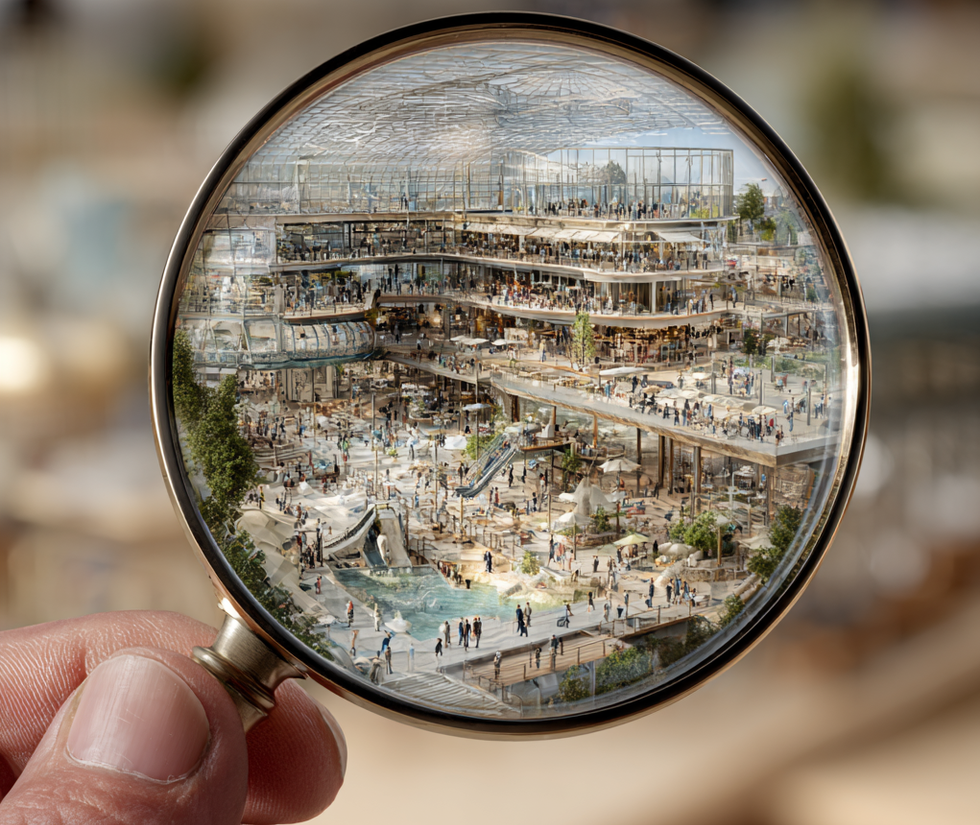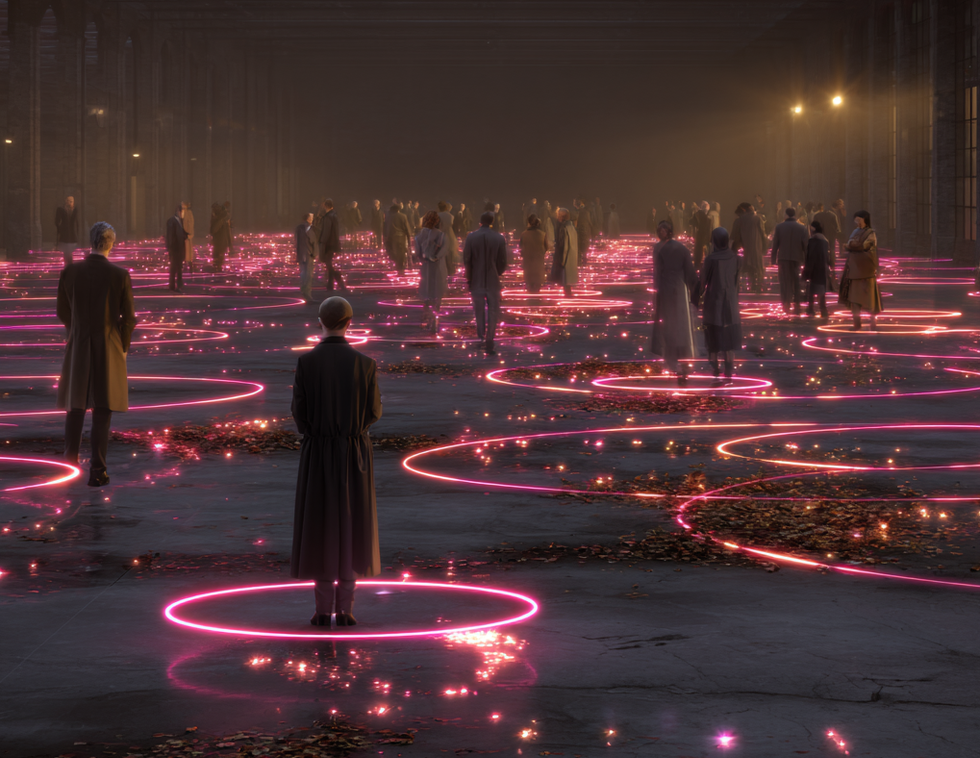By Tyler Rizzo, Storyland Studios
The cruise industry has long been a hallmark of leisure travel, offering guests a blend of comfort, luxury, and adventure on the high seas. In recent years, this sector has experienced an impressive resurgence. It has not only returned to pre-pandemic levels but surpassed them in certain aspects.
According to the Cruise Lines International Association's (CLIA) State of the Cruise Industry report for 2024, the industry is poised for further growth and innovation. A focus on luxury, diverse amenities, and place-making, or what Storyland refers to as “ spatial storytelling ”, will drive the evolution of the cruise experience in ways that cater to the expectations of future travelers.
A retrospective on growth trends
The CLIA report highlights robust growth trends for the cruise industry. It projects a record-breaking 35.7 million passengers in 2024—surpassing the 2019 peak of 29.7 million. This resurgence speaks to travelers' enduring desire for immersive experiences that blend entertainment, relaxation, and adventure.
Contributing to this growth is a shift in passenger demographics. Cruises are attracting not only older travelers, but also younger generations. This includes Millennials and Gen Z, who see cruise vacations as a unique, customizable option for experiential travel. Gone are the days when cruise liners catered to mostly older, retired guests.
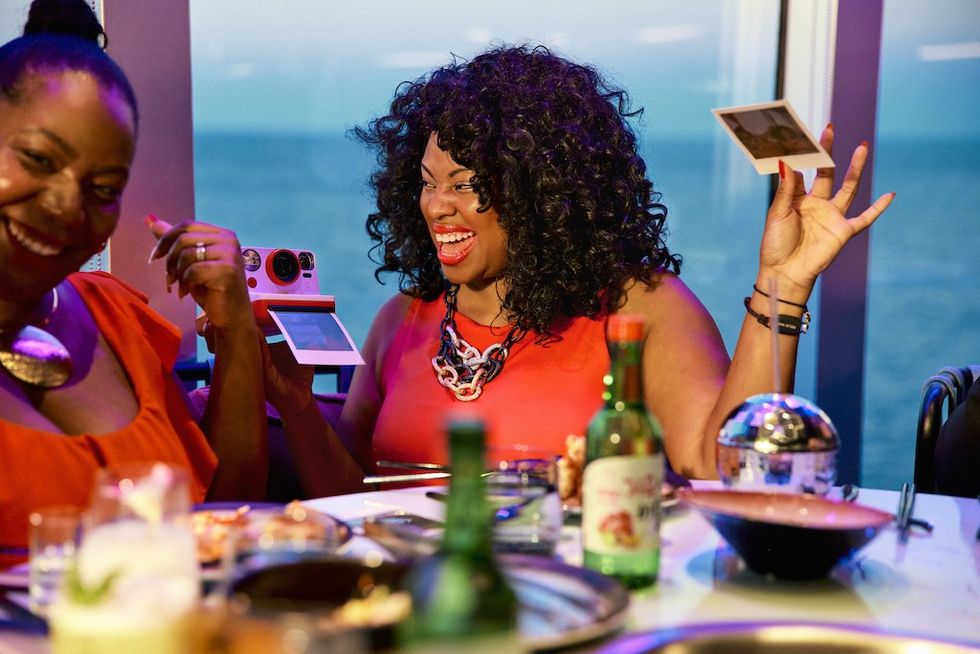
The strong rebound is supported by rising ship capacity, expanded itineraries to both established and emerging destinations, and sustainable initiatives to appeal to environmentally conscious travelers. The industry’s investment in innovation is clear. Cruise lines are unveiling new ships equipped with state-of-the-art amenities, from eco-friendly propulsion systems to augmented reality experiences that elevate onboard entertainment.
Yet, despite an emphasis on upscale offerings and technological enhancements, there remains an untapped opportunity to bring storytelling to the forefront of the guest experience. This is a trend that has the potential to revolutionize the cruise industry in the years to come.
The current cruise model: amenity and luxury-driven
Historically, the modern cruise industry has been defined by its pursuit of grandeur. From ever-larger ships that rival luxury resorts to world-class dining, entertainment, and expansive spas, today's vessels are marvels of comfort and indulgence. Guests can enjoy amenities such as skydiving simulators, observation pods, thrilling water slides, and even robotic bartenders.
Luxury has become the norm on flagship vessels across prominent cruise lines such as Royal Caribbean, Celebrity Cruises, and Norwegian Cruise Line. Rooms have evolved into elegant suites outfitted with oceanfront views, private balconies, and modern décor. Dining has likewise become a defining feature, with an increasing emphasis on celebrity chefs, curated menus, and premium culinary options.
Royal Caribbean's Icon of the Seas
However, while these amenities enhance the onboard experience, they can also feel disconnected from the emotional, narrative-driven journeys that travelers increasingly seek. Future cruise offerings will need to cater to guests’ desire for immersive experiences. They must engage not just the senses but also the imagination.
This is where the cruise industry can take cues from the success of spatial and immersive storytelling, creating environments that turn public spaces into destinations and memories into narratives.
The next horizon: storytelling through spaces
The cruise ships of the future will likely focus on storytelling as a core element of their design and experience. This will set them apart in a competitive travel market. Spatial and immersive storytelling can transform a ship’s public areas —from lounges and atriums to dining halls and entertainment zones—into cohesive thematic journeys.
At its core, spatial storytelling combines architectural design, interactive media, and theming to evoke emotional responses. Done successfully, guests become part of a narrative. They are traveling not just to physical destinations but through stories that unfold around them. By bridging real and imaginary worlds, the cruise experience has the power to become more personalized, meaningful, and memorable.
Disney Cruise Line: a model for themed storytelling
No company epitomizes immersive storytelling better than Disney. The Disney Cruise Line (DCL) has set a benchmark in using themed narratives as part of their passenger experience. Every DCL ship is more than a vessel. It is an extension of Disney's storytelling tradition, designed to immerse guests in magical worlds.
Consider the Disney Wish Class, the cruise line’s newest vessels. On board, storytelling shapes every space, from the Marvel Super-Hero Academy (where children train alongside their favorite superheroes) to the AquaMouse water attraction that integrates animated Disney shorts with a thrilling waterslide experience.
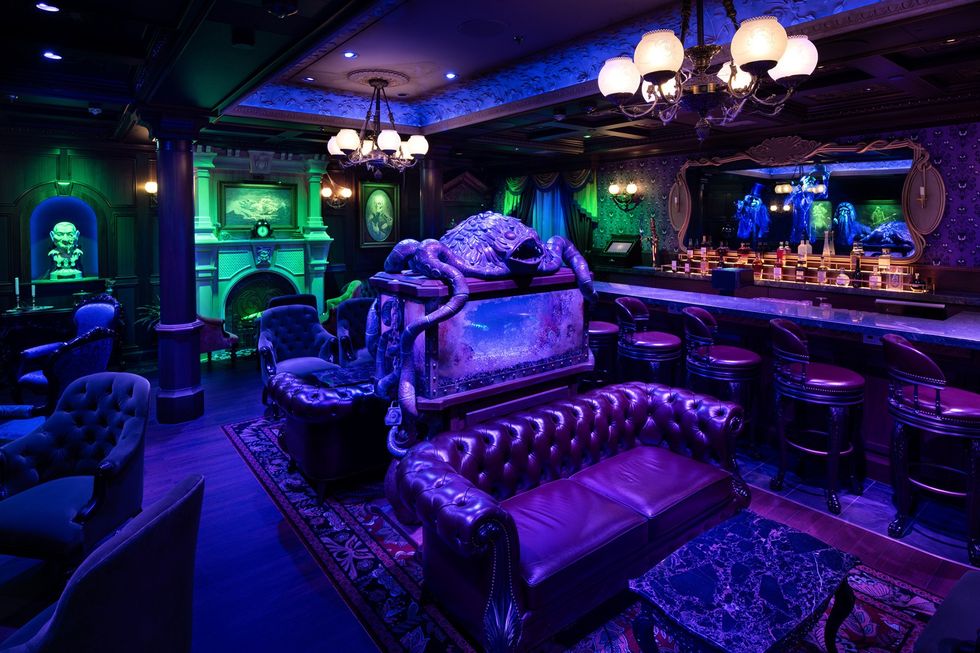
Restaurants like the Avengers: Quantum Encounter use narrative-driven dining to place guests inside the Marvel Cinematic Universe. This turns meals into story-driven adventures. Disney is bringing immersive storytelling and intellectual property straight from their parks into their ships, allowing guests and fans to get further immersed in the brands they love.
These experiences showcase the impact of purposeful, 360-degree storytelling—a model that other cruise lines can emulate. While Disney’s success is rooted in its intellectual properties (IPs), this approach can extend far beyond licensed characters or brands. Even non-themed ships can embrace immersive storytelling that ties together art, décor, and interactivity to evoke feelings of adventure, discovery, or relaxation.
Storytelling: the opportunity for immersive design on future cruise ships
Looking forward, there is a significant opportunity for cruise lines to expand immersive storytelling through thoughtful spatial design. Here are key areas of focus:
1. Public spaces as destinations
Future ships can use themed décor, lighting, music, and visual art to give public spaces an overarching story. Atriums, for example, could evolve beyond ornamental designs to become interactive, dynamic environments that introduce guests to the journey’s larger theme, whether it is a fantastical adventure, historical voyage, or futuristic escapade.
2. Destination integration
Ships traveling to unique ports can blend their onboard storytelling with onshore itineraries. Imagine boarding a ship where the design reflects a journey to Scandinavian fjords, ancient Mediterranean ruins, or vibrant Caribbean cultures. Each deck or common area can weave in authentic design elements, music, and cultural nods.

3. Next-gen entertainment
Cruise ships have already embraced entertainment ranging from Broadway-style shows to virtual reality. The next step is immersive theater experiences where passengers are part of the narrative. Interactive shows, escape rooms, and live performances can work together to deliver multi-sensory experiences that elevate traditional entertainment.
4. Tailored thematic suites and dining
By creating thematic rooms, suites, and dining areas, cruises can appeal to travelers seeking unique accommodations and meals tied to a compelling narrative. Whether it's a dining room styled after a Victorian-era dining car or a bar designed as a lost treasure cavern, such immersive experiences can deliver a deeper emotional connection for guests.
Conclusion: setting sail toward a story-driven future
The cruise industry’s continued growth reflects an increasing appetite for unique, curated experiences. As cruise lines compete for the attention of a diverse, global traveler base, spatial and immersive storytelling offers a transformative opportunity to redefine what it means to set sail.
While the current era of cruising remains rooted in luxury and amenities, the future promises richer, narrative-driven journeys that engage the imagination as powerfully as the senses. As pioneers like Disney Cruise Line have demonstrated, storytelling is a powerful differentiator—one that will resonate with the evolving demands of future travelers.
By turning public spaces into themed destinations, leveraging next-gen entertainment, and integrating narratives that connect onboard experiences with real-world exploration, cruise lines can transform passenger journeys into unforgettable stories.
In an industry where growth is reaching unprecedented heights, the ships that harness the emotional power of storytelling will not just lead the way—they will chart entirely new courses.
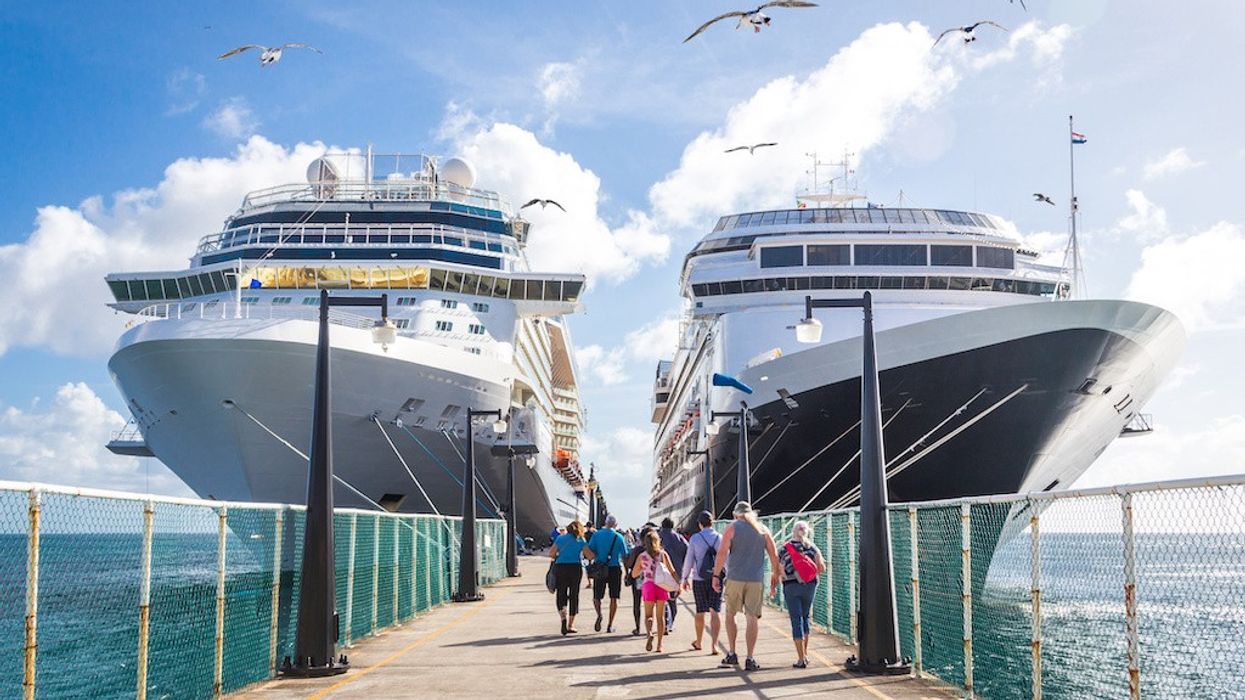



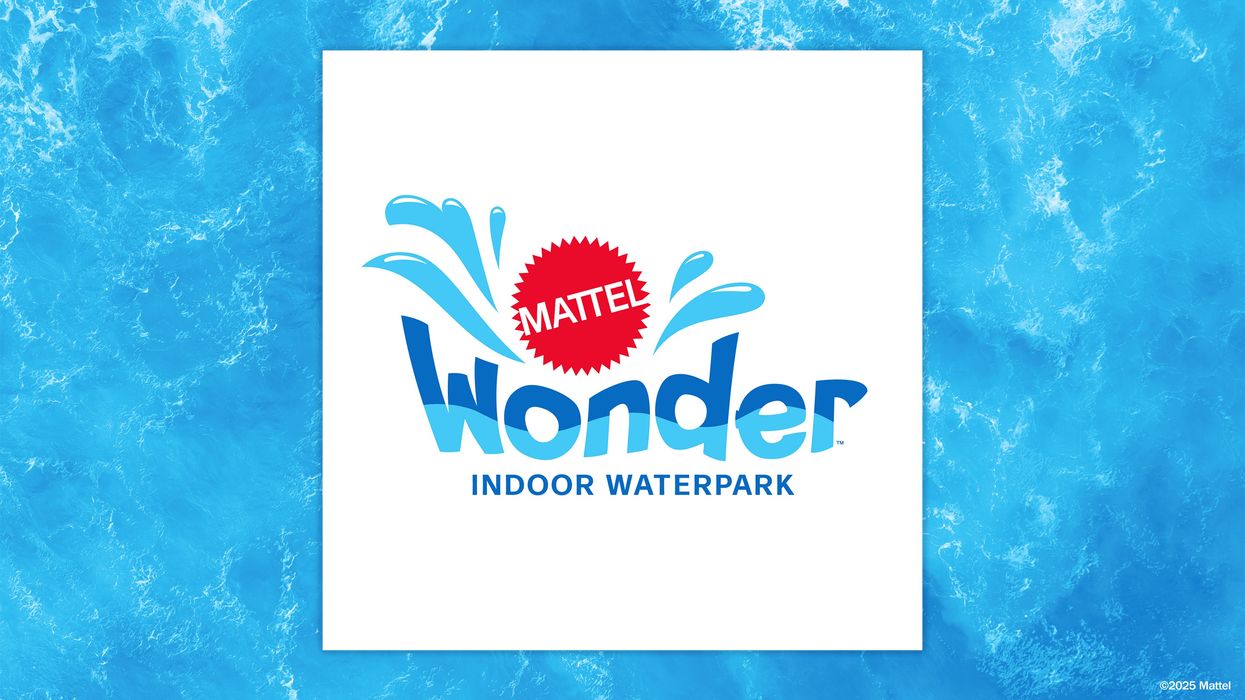


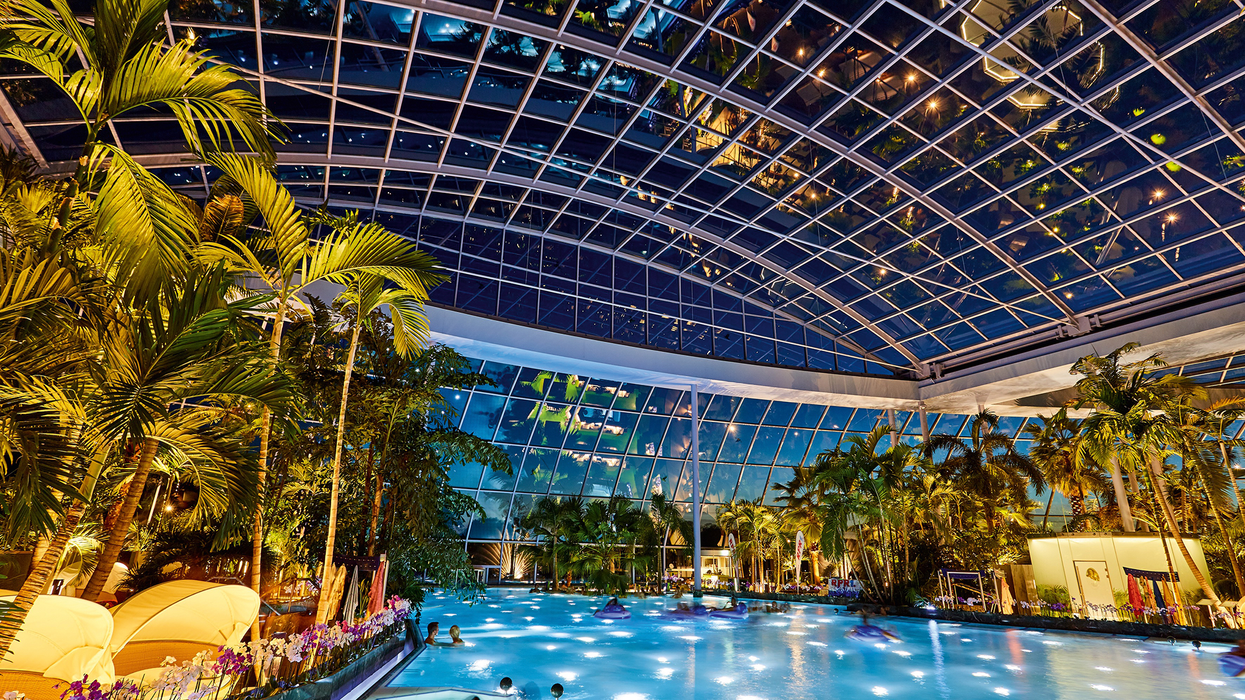
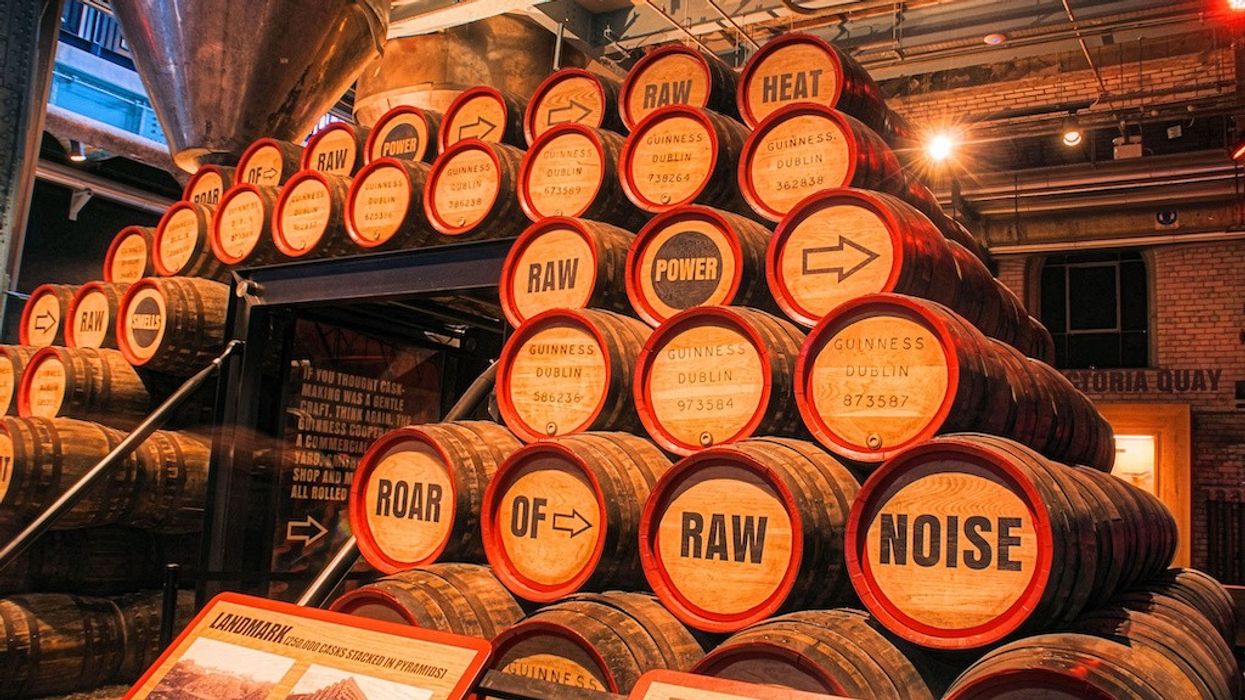
 Christian Lachel, chief creative officer, BRC Imagination Arts
Christian Lachel, chief creative officer, BRC Imagination Arts  Image credit AA+W - stock.adobe.com
Image credit AA+W - stock.adobe.com Chocoversum Image credit Sebastian Fuchs
Chocoversum Image credit Sebastian Fuchs 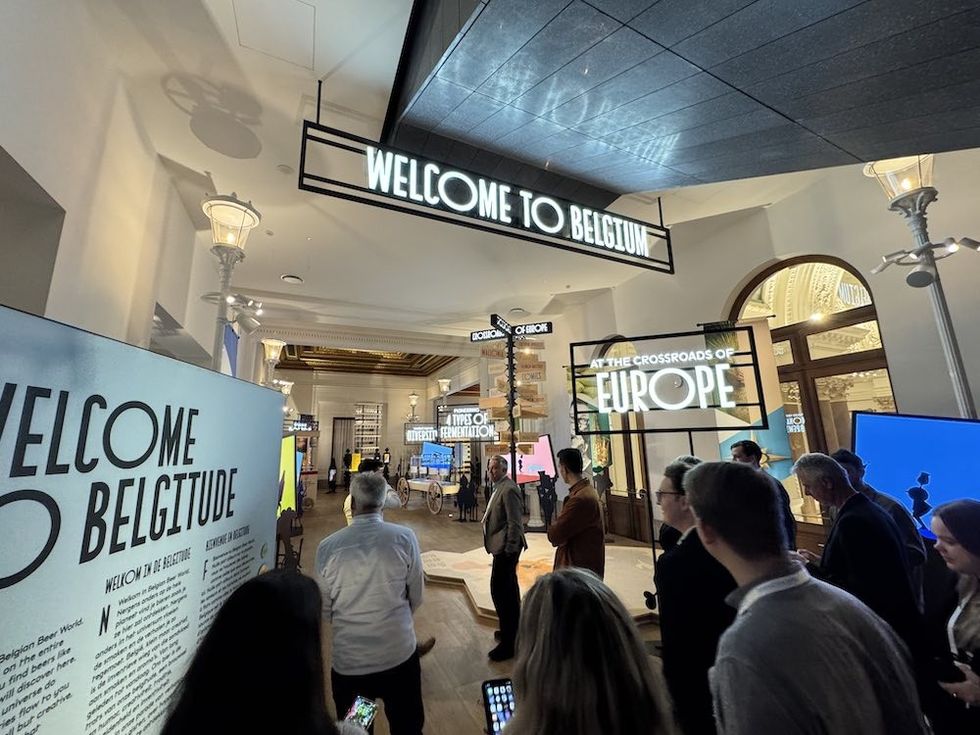 Belgian Beer World
Belgian Beer World 






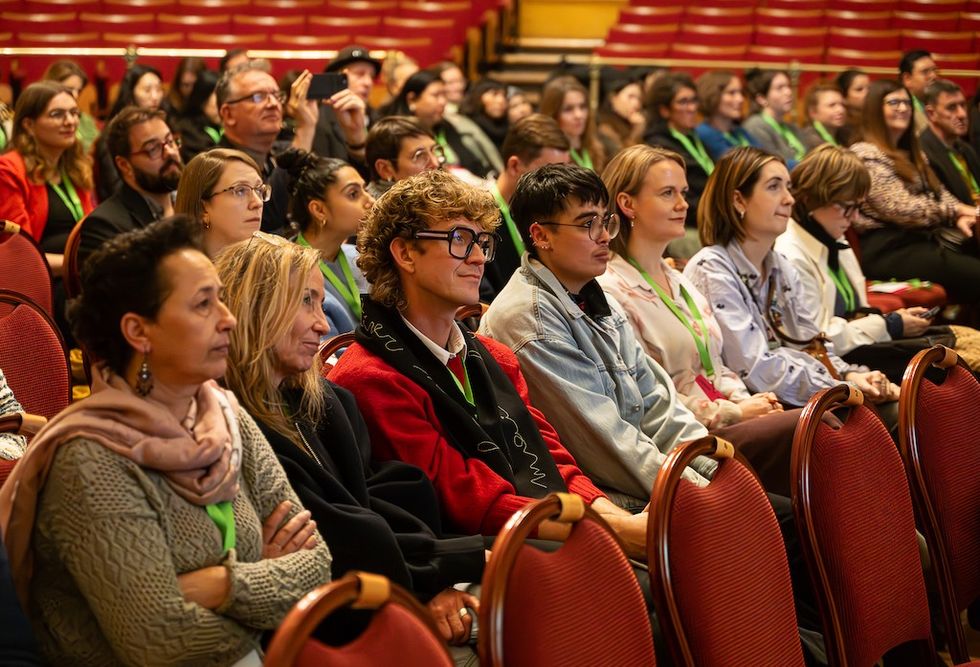
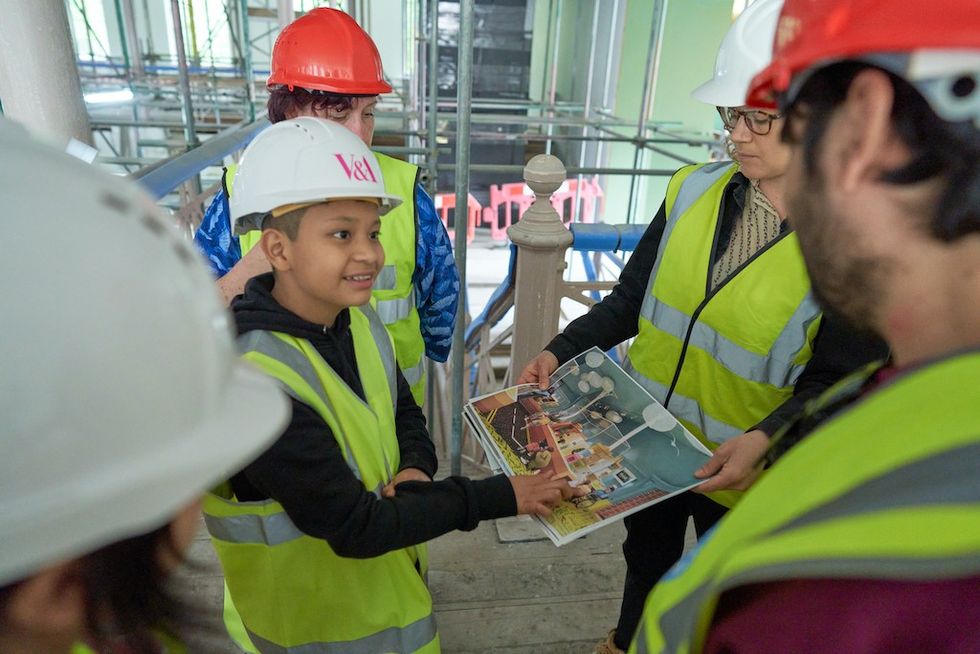 Young V&A Youth Collective members have a tour of the Young V&A construction site. Image courtesy of Young V&A.
Young V&A Youth Collective members have a tour of the Young V&A construction site. Image courtesy of Young V&A.  Floriane Perot and Ellis Hendriksen
Floriane Perot and Ellis Hendriksen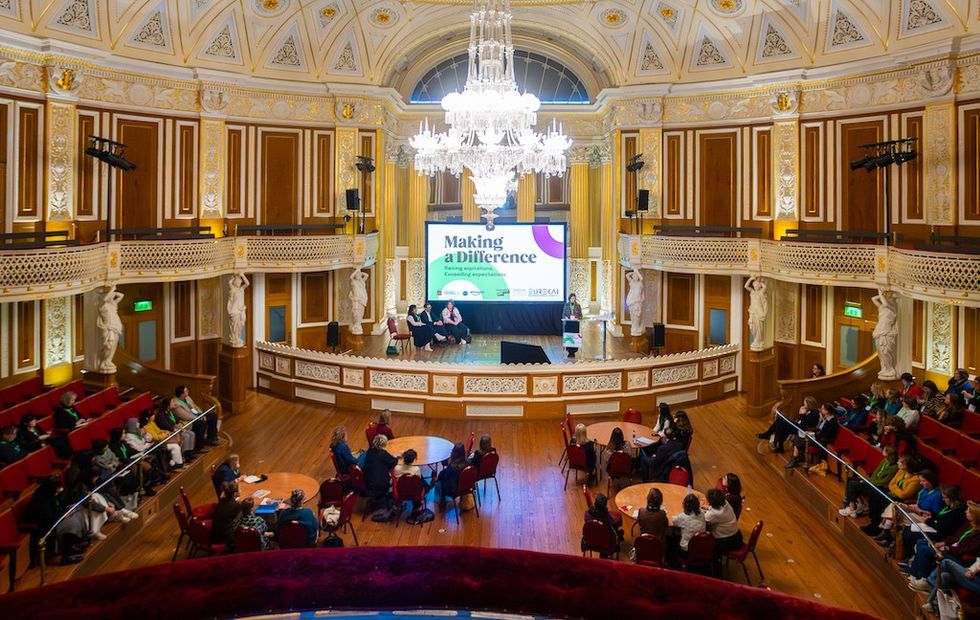
 Amber Ogunsanya-William
Amber Ogunsanya-William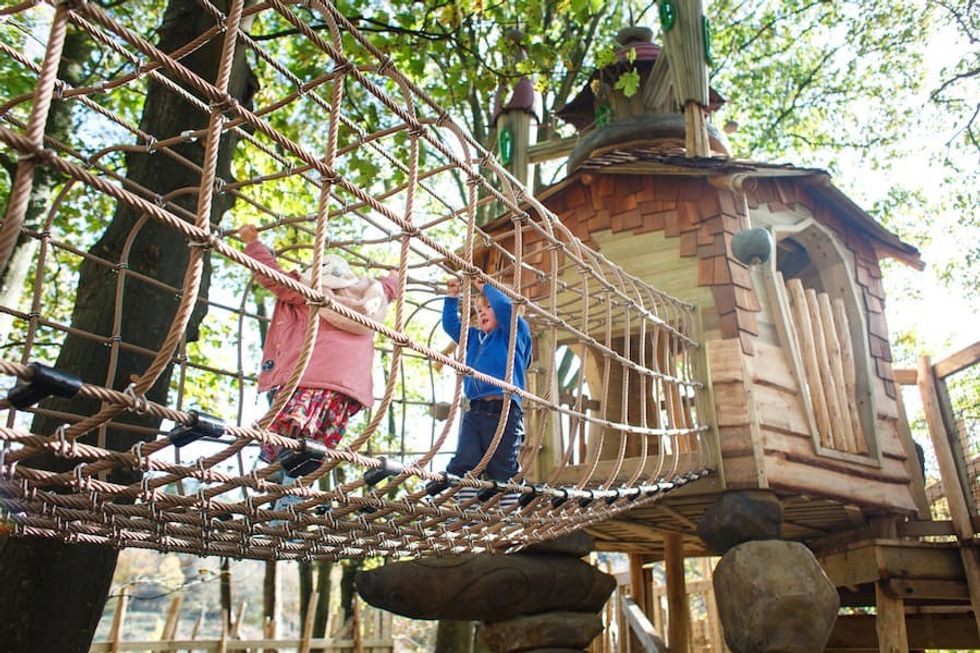 Tumblestone Hollow adventure playground by CAP.CO
Tumblestone Hollow adventure playground by CAP.CO  Ghaleya Al Mansoori
Ghaleya Al Mansoori
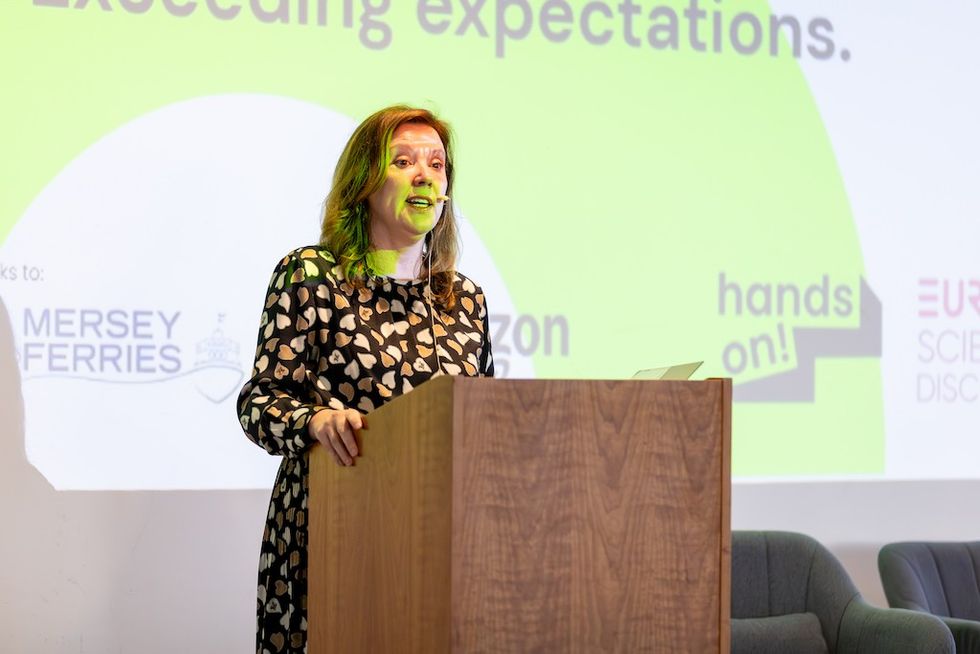 Dame Rachel de Souza
Dame Rachel de Souza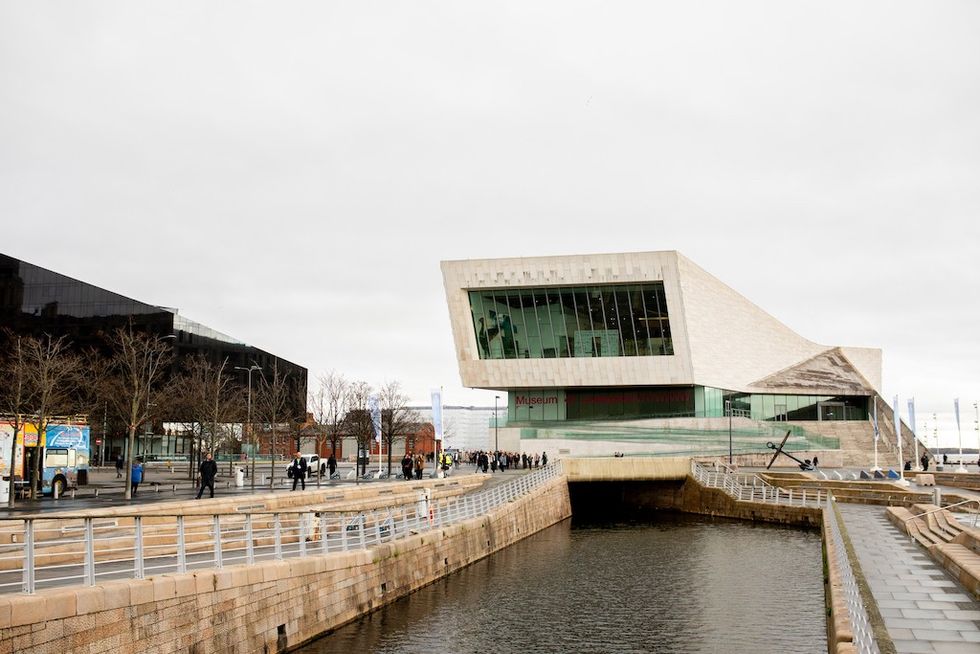 Liverpool Museum
Liverpool Museum
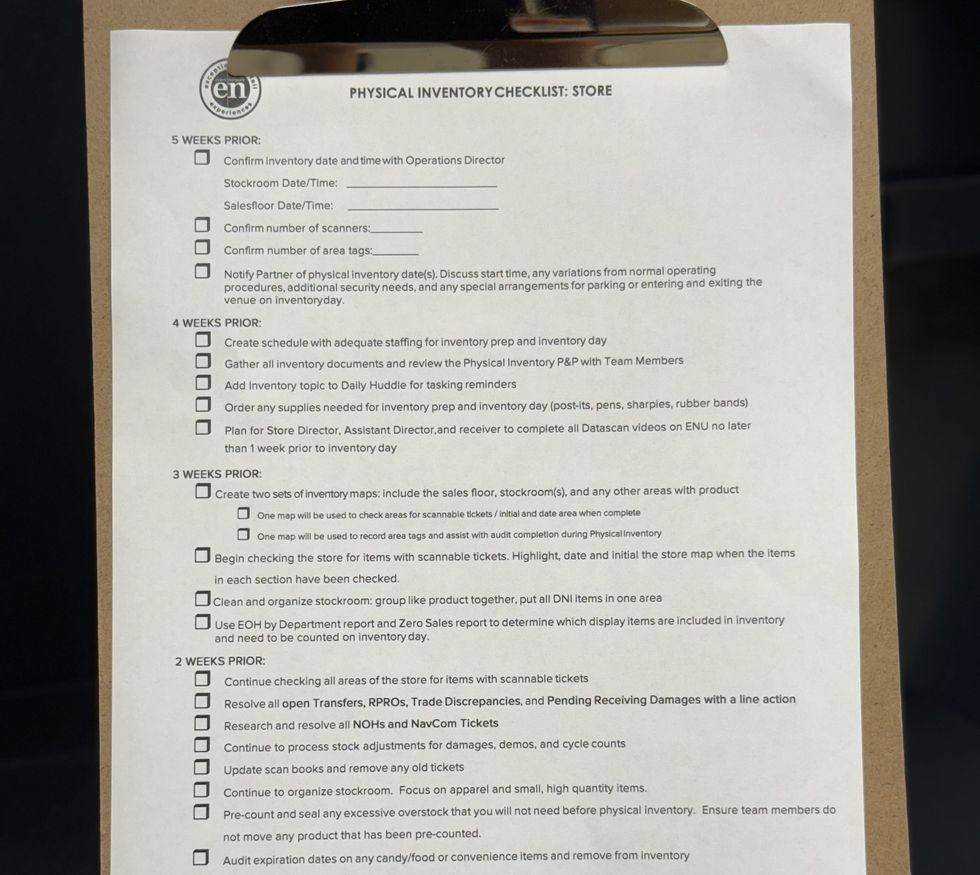

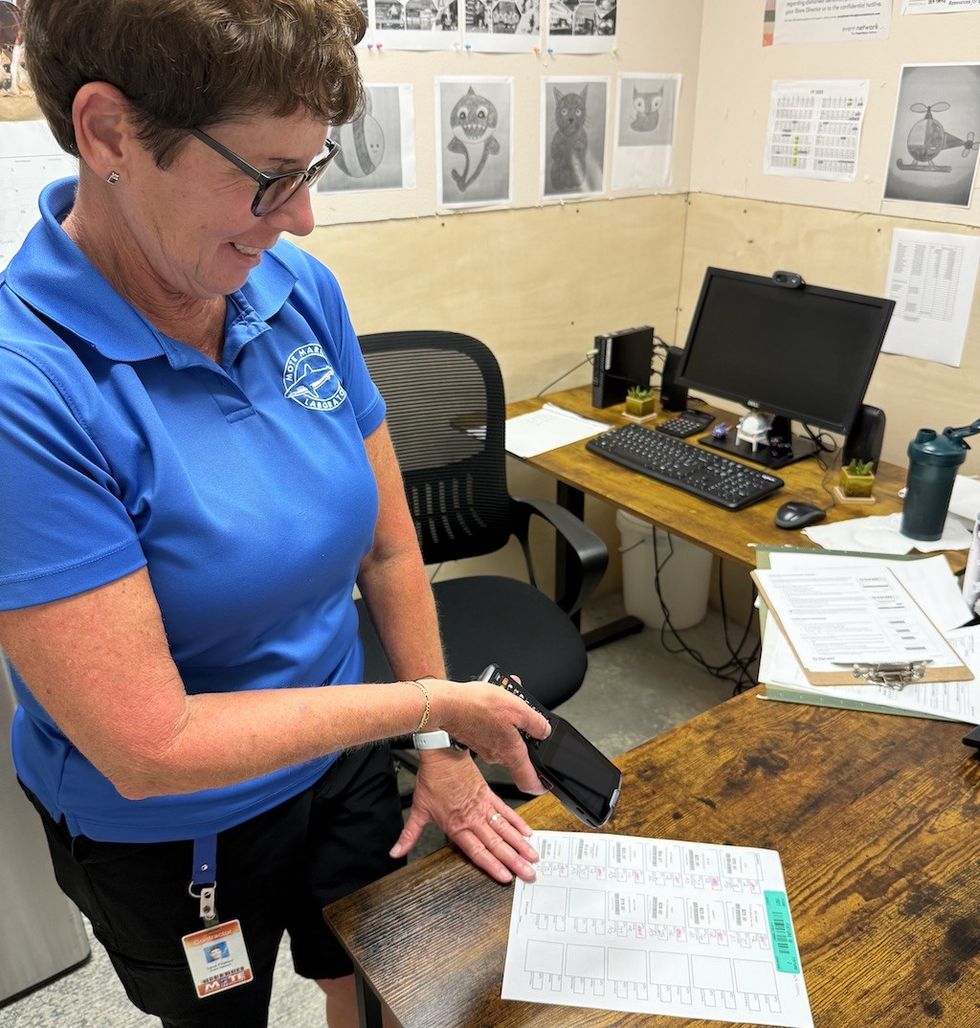


 Guests display a commemorative UN stamp sheet marking the 100th anniversary of the Palace Museum at the UN headquarters in New York, May 2025 (Xinhua)
Guests display a commemorative UN stamp sheet marking the 100th anniversary of the Palace Museum at the UN headquarters in New York, May 2025 (Xinhua)

